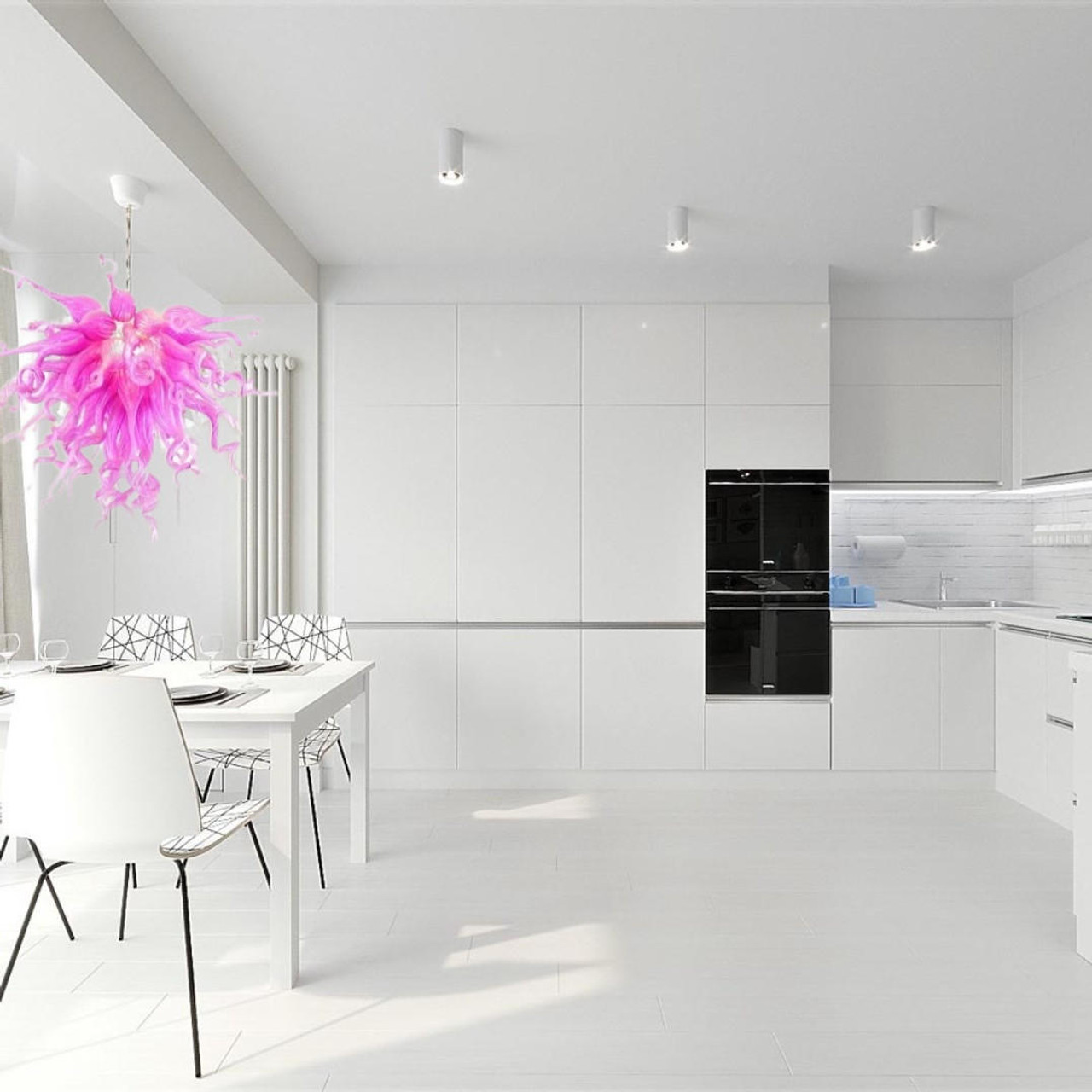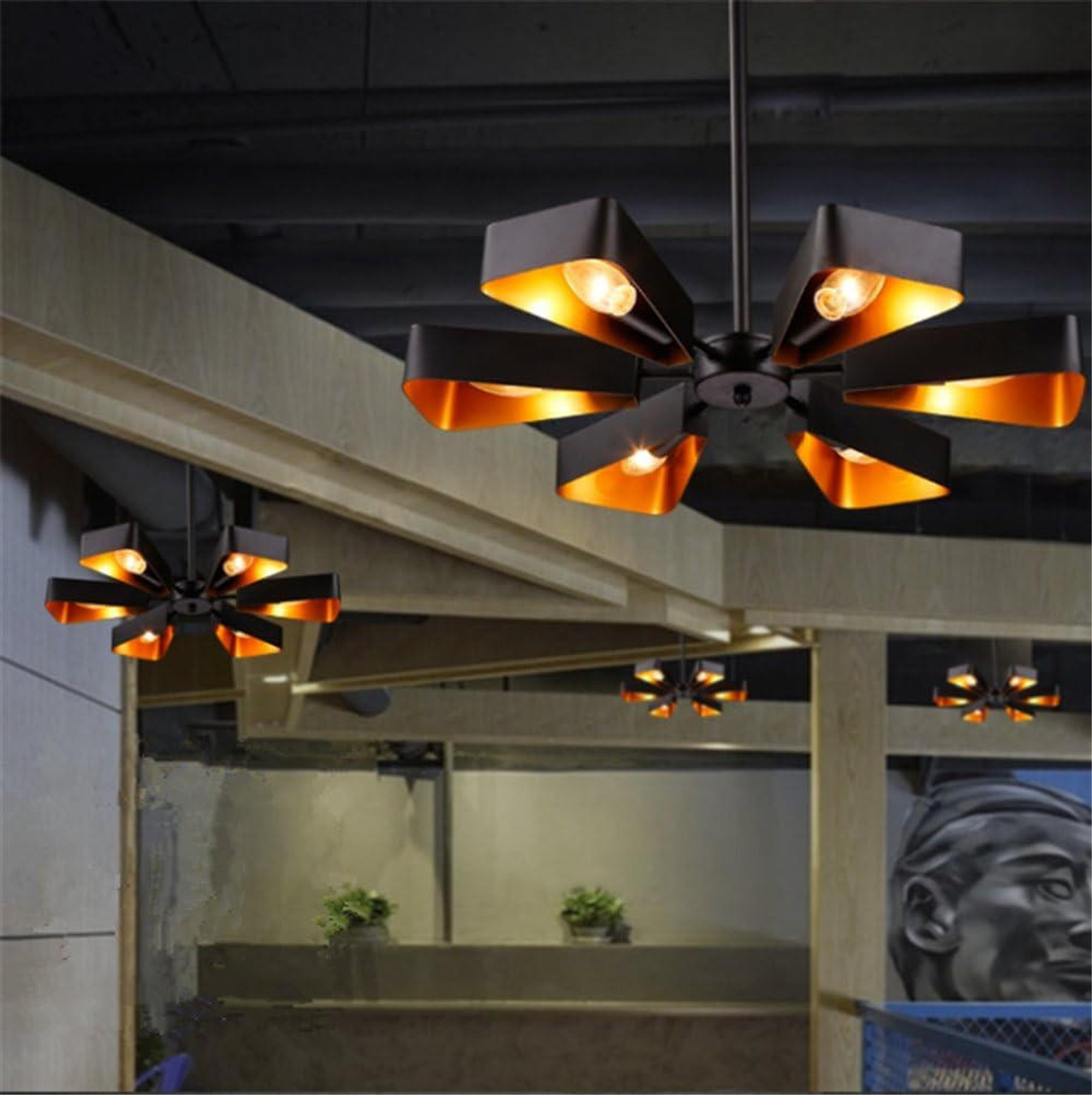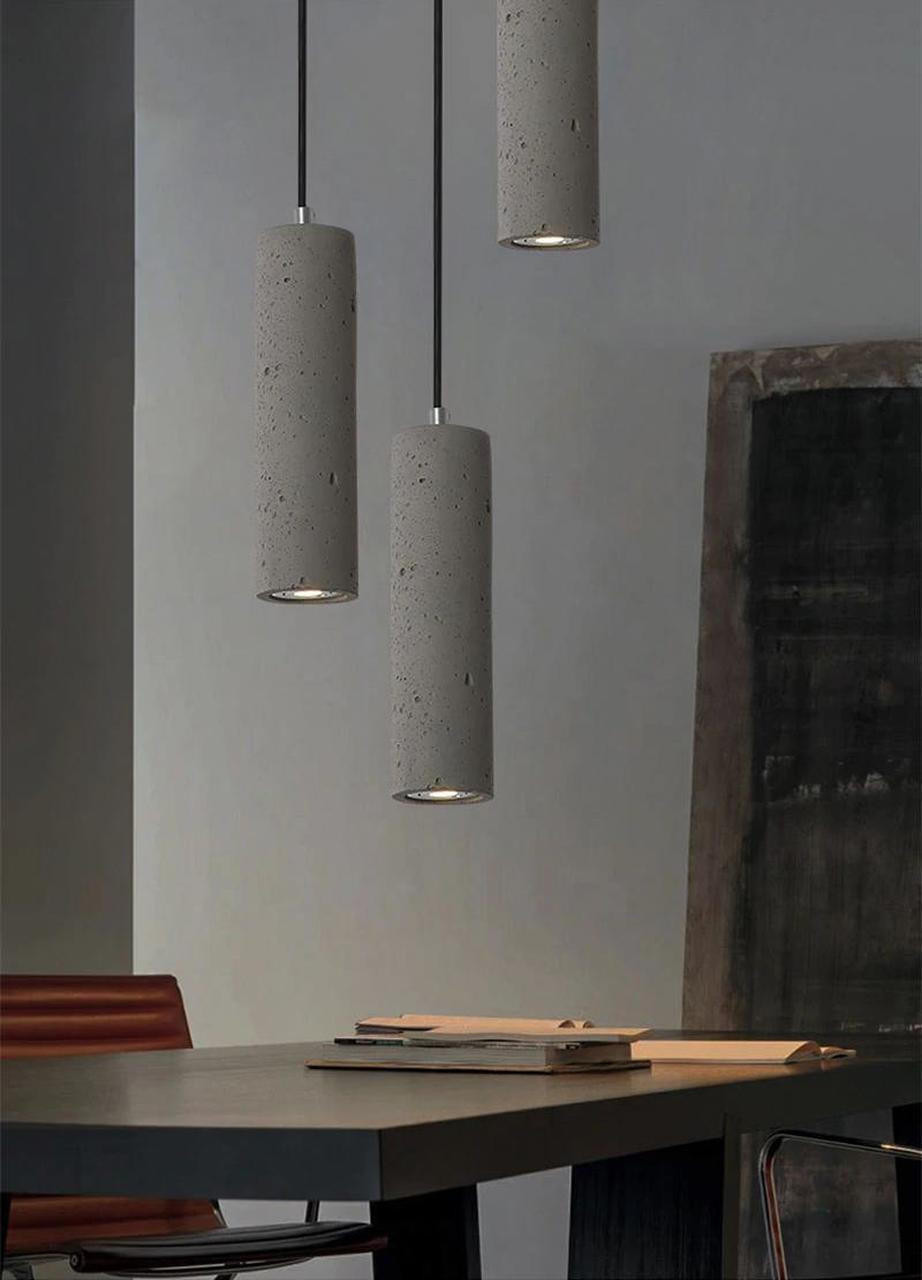What is a Good Interior Design?
Aug 23, 2024
What is a Good Interior Design? Understanding the Principles, Styles, and Impact
When it comes to creating spaces that resonate with comfort, functionality, and beauty, many people find themselves asking, "What is a good interior design?" Interior design goes beyond mere decoration; it’s about crafting environments that enhance our living experience and reflect our personalities. Whether you’re designing a cozy home or a professional workspace, understanding the key elements of good interior design is crucial.
In this blog post, we will delve into what makes interior design "good," exploring the fundamental principles, popular styles, and the impact that well-thought-out design can have on our lives. By the end of this article, you'll have a clearer understanding of what is a good interior design and how you can achieve it in your own spaces.
Understanding the Basics of Good Interior Design
Defining Good Interior Design
So, what is a good interior design? At its core, good interior design is about achieving a harmonious balance between aesthetics and functionality. A well-designed space should not only look appealing but also serve its intended purpose efficiently. Good design respects the needs of the occupants, ensuring that the space is practical, comfortable, and reflective of their style.
Core Elements of Interior Design
To understand what is a good interior design, it's essential to start with the basics—the core elements of design:
- Space: Understanding how to use space effectively is fundamental. Good design maximizes the potential of both small and large areas, ensuring that no space is wasted.
- Line: Lines create structure and guide the eye around a room. Vertical, horizontal, and dynamic lines add balance, contrast, and movement to a space.
- Form: The shape of furniture and objects within a space adds depth and interest. Good design plays with form, using a mix of geometric and organic shapes.
- Light: Lighting is a crucial element that sets the mood and highlights other design features. Natural light is preferred, but artificial lighting is essential to create the right ambiance.
- Color: Color impacts the mood and perception of a space. Understanding color theory helps in creating a harmonious palette that enhances the room's purpose.
- Texture: Texture adds tactile interest and richness to a space. A mix of textures, such as smooth, rough, soft, and hard surfaces, creates a more dynamic environment.
- Pattern: Patterns can add energy and life to a room. Whether through textiles, wallpaper, or decor, patterns should complement the overall design without overwhelming the space.
Balancing Aesthetics and Functionality
A critical aspect of what is a good interior design is the balance between beauty and usability. A space that is visually stunning but impractical can cause frustration and discomfort. Conversely, a highly functional but unattractive space may lack the inviting quality that makes a room feel like home. The best designs find a middle ground, creating environments that are both beautiful and livable.
The Principles of Good Interior Design
Understanding what is a good interior design requires knowledge of the fundamental principles that guide the design process. These principles ensure that a space feels cohesive, balanced, and purposeful.
Unity and Harmony
Unity and harmony are about creating a cohesive look where all elements work together. When you walk into a room that has been designed with unity in mind, nothing feels out of place. The colors, textures, furniture, and decor all complement each other, creating a seamless flow throughout the space.
Balance
Balance in interior design can be achieved in three main ways:
- Symmetrical Balance: Often found in traditional interiors, symmetrical balance involves mirroring elements on either side of a central point, creating a formal, orderly look.
- Asymmetrical Balance: More dynamic and less predictable, asymmetrical balance involves different elements that still achieve visual equilibrium. This method is often used in modern and contemporary designs.
- Radial Balance: This less common form of balance is achieved by arranging elements around a central focal point, like a round dining table with evenly spaced chairs.
Proportion and Scale
Proportion and scale are essential in defining what is a good interior design. These principles ensure that furniture and decor fit well within the space and in relation to each other. For instance, an oversized sofa in a small living room would feel overwhelming, while a tiny coffee table might seem lost in a large seating area.
Rhythm
Rhythm in interior design is all about guiding the eye through the space in a way that feels natural and engaging. This can be achieved through:
- Repetition: Repeating elements like colors, textures, or shapes to create consistency.
- Progression: Gradually increasing or decreasing the size of similar objects to create movement.
- Contrast: Using contrasting elements to create visual interest and break up monotony.
Emphasis
Every well-designed room has a focal point—something that draws attention and adds interest. It could be a fireplace, a piece of artwork, or a statement piece of furniture. Emphasis ensures that the focal point stands out while still fitting into the overall design.
Contrast
Contrast involves juxtaposing different elements to add depth and interest. This could mean contrasting colors, such as black and white, or combining different textures like smooth metal and rough wood. A well-placed contrast can elevate a design from ordinary to extraordinary.
Details
Often overlooked, the details in interior design are what distinguish good design from great design. These include things like hardware on cabinets, the pattern of a throw pillow, or the stitching on upholstery. Paying attention to these small details can have a big impact on the overall look and feel of a space.
Popular Interior Design Styles
To fully grasp what is a good interior design, it’s helpful to understand various interior design styles. Each style offers different elements that can be blended to create the perfect environment.
Contemporary
Contemporary design is characterized by clean lines, neutral colors, and minimalism. It focuses on simplicity and the use of modern materials like glass, steel, and concrete. The spaces are often open and uncluttered, creating a sleek and airy feel.
Traditional
Traditional design is rooted in classic European decor, with rich colors, ornate details, and a sense of formality. This style often features antique furniture, elaborate moldings, and a palette of deep, warm colors. It’s a style that exudes elegance and comfort.
Modern
Modern design, often confused with contemporary, has its roots in the early to mid-20th century. It emphasizes function, simplicity, and the use of industrial materials. Modern interiors are known for their clean lines, open spaces, and lack of unnecessary ornamentation.
Transitional
Transitional design bridges the gap between traditional and contemporary styles. It combines the best of both worlds, with classic furniture silhouettes and modern finishes. This style is ideal for those who appreciate the comfort of traditional design but want a fresher, more updated look.
Eclectic
Eclectic design is all about mixing and matching. This style allows for the blending of different eras, textures, and colors to create a space that is uniquely personal. Eclectic interiors are often vibrant and filled with character, showcasing the homeowner's personality and creativity.
Scandinavian
Scandinavian design is known for its simplicity, functionality, and use of natural materials. It features clean lines, neutral colors, and an emphasis on light and space. This style often includes wooden furniture, cozy textiles, and minimalist decor.
Bohemian
Bohemian, or "boho," design is a relaxed, artistic style that embraces creativity and individuality. It’s characterized by vibrant colors, eclectic patterns, and a mix of global influences. Bohemian interiors are often layered with textures, textiles, and a sense of free-spirited charm.
The Impact of Good Interior Design on Quality of Life
When considering what is a good interior design, it's important to recognize how it can impact our daily lives. A well-designed space can influence our mood, productivity, and overall well-being.
Psychological Effects
Good interior design can have a profound effect on our psychological well-being. For instance, a well-lit, organized space can reduce stress and improve focus. Colors also play a significant role—cool tones like blue and green can create a calming atmosphere, while warm tones like red and yellow can energize and stimulate.
Functional Benefits
Functionality is a key component of what is a good interior design. A well-designed space maximizes efficiency and ensures that everything has its place. Whether it’s a kitchen layout that makes cooking a joy or a home office that enhances productivity, good design makes daily tasks easier and more enjoyable.
Emotional Connection
Good interior design fosters an emotional connection between the occupant and the space. A room that reflects your personal style and meets your needs is more than just a space—it becomes a sanctuary. This emotional connection is a crucial part of what makes a design truly "good."
Sustainability and Environmental Impact
In today’s world, sustainable design is increasingly seen as a component of what is a good interior design. Using eco-friendly materials, energy-efficient lighting, and sustainable practices not only benefits the environment but also creates a healthier living space. Good design considers the long-term impact of materials and practices on both the planet and its inhabitants.
Tips for Achieving Good Interior Design
Now that we’ve explored what is a good interior design, let’s look at some practical tips to help you achieve it in your own space.
Start with a Plan
Good design begins with careful planning. Before purchasing furniture or choosing paint colors, consider the room’s purpose, your budget, and your design goals. Creating a vision board or sketching a layout can help you visualize the final result.
Focus on Functionality
Always prioritize functionality. Consider how you use the space daily and ensure that the design supports these activities. For example, if you frequently entertain guests, ensure there’s ample seating and a good flow for movement.
Don’t Be Afraid to Mix Styles
Blending different styles can result in a unique and personal design. Don’t be afraid to mix traditional and contemporary elements, or add a touch of eclecticism to a modern space. The key is to ensure that all elements complement each other and contribute to a cohesive look.
Invest in Quality Pieces
Quality over quantity is a good mantra when it comes to interior design. Invest in key pieces like a comfortable sofa, a durable dining table, or well-made lighting fixtures. These items will anchor your design and stand the test of time.
Pay Attention to Details
Small details can make a big difference. Consider the finishing touches, like the hardware on your cabinets, the choice of throw pillows, or the style of light switches. These details add polish and completeness to the overall design.
Seek Professional Help if Needed
If you're unsure of your design skills or facing a complex project, consulting with an interior designer can be a worthwhile investment. A professional can provide expert guidance, help avoid costly mistakes, and bring your vision to life.
Conclusion
So, what is a good interior design? It’s a thoughtful combination of aesthetics, functionality, and personal expression. Good design not only makes a space look beautiful but also enhances the way we live, work, and feel within it. By understanding the core principles, exploring different styles, and considering the impact on our quality of life, you can create spaces that are not only well-designed but also truly meaningful.
As you embark on your interior design journey, remember that the best designs are those that reflect your unique personality and meet your specific needs. Don’t be afraid to experiment, mix styles, and seek help when necessary. With the right approach, you can achieve a space that is the epitome of good interior design.






